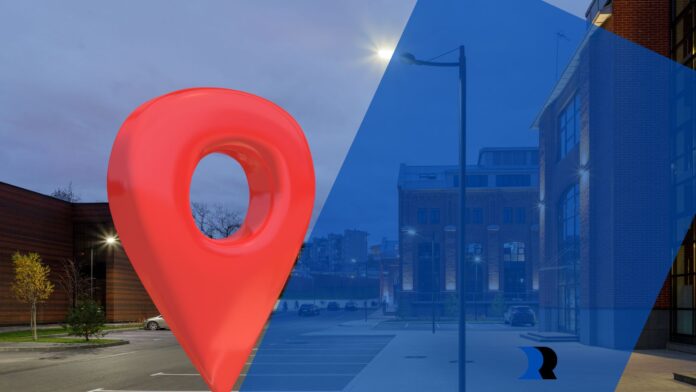The question, “How accurate can geocoding be?” is often met with another question: “Well, what do you mean by accurate?” In the realm of geocoding, questions like “How accurate of a geocode do I need for my needs?” or “What geocode accuracy levels currently exist?” are more pertinent.
We’ll delve into four common types of geocoding accuracy levels and introduce a bonus type for those looking to go the extra mile.
3 Common Levels of Geocode Accuracy
- ZIP + 4 Level
At the most basic level, we have ZIP + 4 geocoding. This level provides a general area where an address could be located, usually accurate to a specific group of addresses like a block or even a single building. While this is useful for basic demographic analysis or regional targeting, it’s not precise enough for applications that require exact coordinates, such as emergency response or precise delivery services.
- Parcel Centroid Level
Parcel centroid geocoding places the geocode at the center of a property parcel. This is more accurate than interpolation and is often used in real estate, land management, and some types of environmental assessments.

However, when dealing with large parcels of land, the centroid may not accurately represent the actual structure or point of interest on the property. This discrepancy can pose challenges for various stakeholders, including emergency services, utility management, and delivery services, especially in scenarios requiring precise location information for multiple location parcel management.
- Rooftop Level
Rooftop geocoding is the gold standard for geocoding accuracy. It places the geocode directly on the building rooftop of the address. This level of precision is crucial for applications like emergency services and utility management. However, achieving this level of accuracy often requires high-quality data sources and sophisticated algorithms, making it the most resource-intensive.
Bonus: Sub-Rooftop Level
For applications that require pinpoint accuracy, such as indoor navigation at a shopping mall or asset tracking within a facility, sub-rooftop level geocoding is emerging as a specialized field. This goes beyond traditional geocoding to provide coordinates within a building, often leveraging technologies like indoor GPS, Wi-Fi triangulation, or even specialized indoor mapping solutions.
Factors Affecting Geocode Accuracy
1. Data Quality: The quality and trustworthiness of the initial address data can significantly impact the accuracy of the geocode.
2. Algorithm Complexity: More sophisticated algorithms can provide more accurate results but may require more costly computational resources.
3. Data Source: The database against which the address is verified can also affect accuracy. Official databases may lack certain details, reducing their trustworthiness, while comprehensive databases may offer more precise information.

4. Frequency of Updates: Geographical data can change, and the frequency with which the geocoding database is updated can impact its reliability.
Conclusion
Geocoding accuracy is not a one-size-fits-all concept; it varies depending on the level of detail required by your application. From ZIP + 4 to the emerging field of sub-rooftop geocoding, understanding the nuances of each level can help you choose the right solution for your needs. Always consider the factors that can impact accuracy, such as data quality and the complexity of the algorithms used, to make an informed decision.


